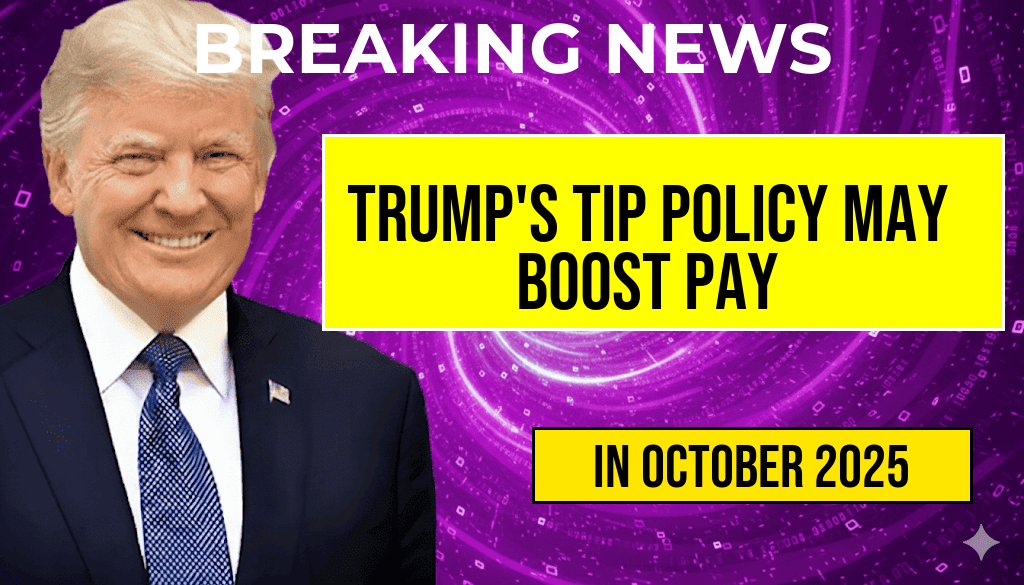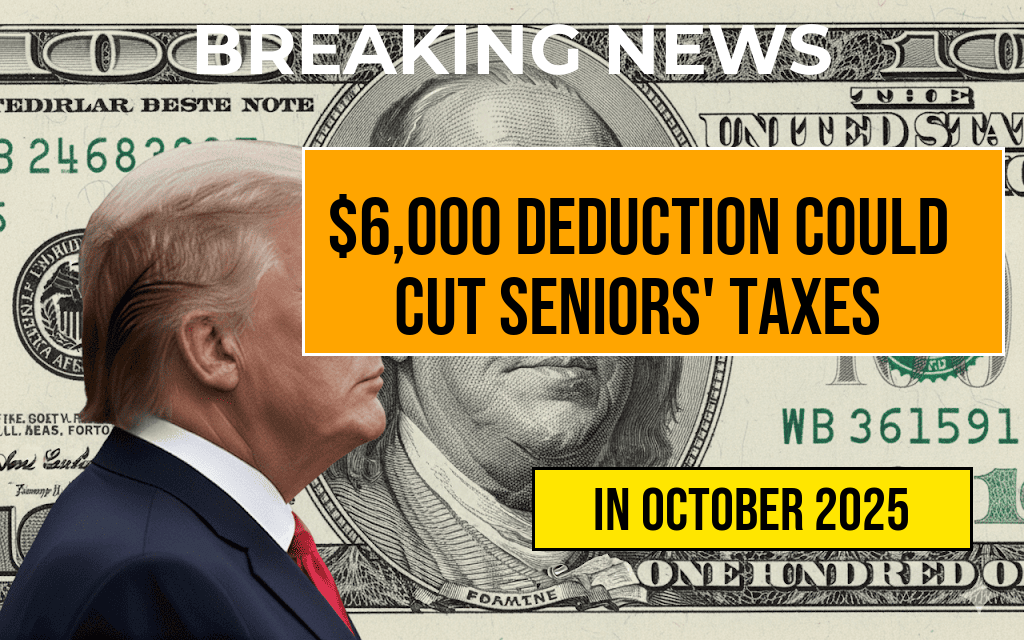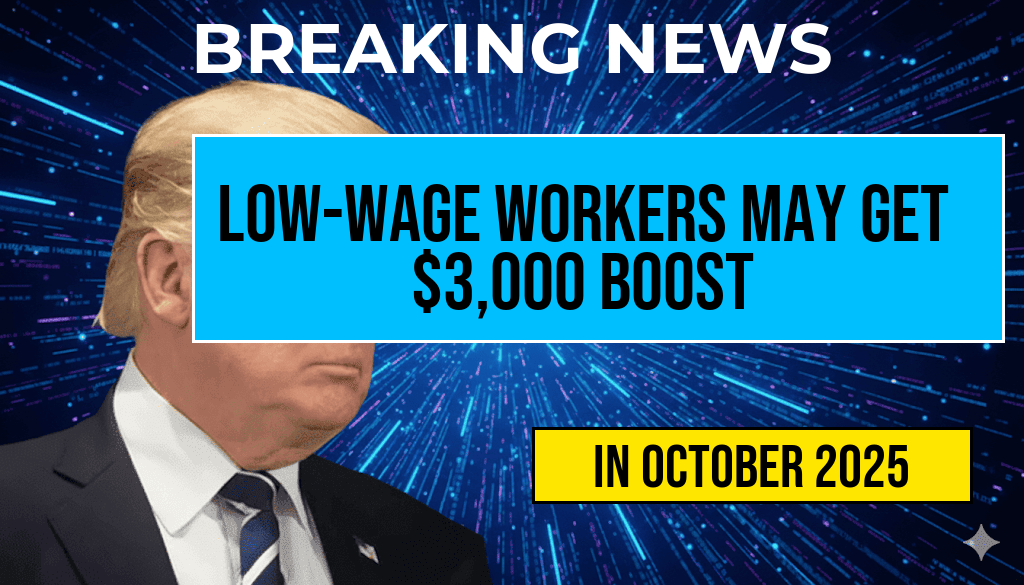In a groundbreaking policy shift, former President Donald Trump has proposed a new initiative that could significantly impact the earnings of service sector workers. The ‘No Tax on Tips’ policy aims to allow employees in industries reliant on gratuities to deduct up to $25,000 from their taxable income. This change could potentially increase take-home pay for millions of workers, with estimates suggesting an average boost of around $1,300 annually. As service industry jobs make up a substantial segment of the U.S. workforce, the implications of this policy could be far-reaching, altering how tips are reported and taxed across the nation.
Understanding the ‘No Tax on Tips’ Policy
The proposed policy seeks to address longstanding concerns about the taxation of tips, which many service industry workers rely on to supplement their base wages. Under current tax law, tips are considered taxable income, and workers must report them to the IRS. Trump’s new approach would allow workers to deduct their tips, effectively lowering their taxable income and minimizing their tax burden.
Who Benefits from This Policy?
The main beneficiaries of this policy are workers in sectors such as hospitality, food service, and personal care, where tips constitute a significant portion of total earnings. These employees often face financial instability due to fluctuating income from tips. The proposed policy could provide much-needed relief by enabling them to keep more of their hard-earned money.
- Restaurants: Servers and bartenders who rely heavily on tips could see substantial increases in their take-home pay.
- Personal Care: Hairdressers and spa workers, who often depend on tips, would also benefit from the reduced tax burden.
- Hospitality: Hotel staff, including bellhops and housekeepers, could see improved financial stability.
Potential Economic Impact
Economists suggest that implementing the ‘No Tax on Tips’ policy could stimulate consumer spending. With an increase in disposable income, workers may choose to spend more on goods and services, potentially leading to a boost in the economy. The National Restaurant Association has expressed support for the initiative, arguing that it could create a more equitable tax structure for employees who work primarily for tips.
Challenges and Concerns
While the policy has garnered enthusiasm, it is not without its critics. Some experts argue that the plan could complicate tax reporting processes and lead to abuse of the system. Ensuring accurate reporting of tips may become more challenging, and there are concerns that some employers might exploit the new rules to underpay workers.
Additionally, there is the potential for a backlash from other sectors that do not rely on tips. Critics worry about fairness, as workers in non-tip industries might feel disadvantaged if they do not receive similar tax breaks.
Implementation Timeline and Next Steps
The Trump administration has not yet released specific details regarding the implementation timeline for the ‘No Tax on Tips’ policy. Stakeholders are awaiting further guidance on how the proposal will be enacted and what regulatory changes may accompany it. The administration’s ability to work with Congress will be crucial in moving this policy forward.
What Workers Need to Know
For workers in the service industry, understanding the implications of this policy is essential. Here are a few key points to consider:
- Tax Deductions: Workers should keep accurate records of their tips to benefit fully from the proposed deductions.
- Consult a Tax Professional: Given the complexity of tax laws, consulting with a tax advisor may help workers navigate potential changes effectively.
- Stay Informed: Keeping abreast of developments regarding the policy will ensure that workers are prepared for any changes to tax reporting requirements.
Conclusion
As discussions around the ‘No Tax on Tips’ policy continue, its potential to reshape the financial landscape for millions of service industry workers is clear. Should this proposal come to fruition, it could provide a much-needed boost to the earnings of those who rely on tips, while also sparking broader economic benefits. Stakeholders will be watching closely to see how this initiative unfolds in the coming months.
For further information on tax policies and their implications, you can visit Forbes and IRS.
Frequently Asked Questions
What is Trump’s new ‘No Tax on Tips’ policy?
Trump’s new ‘No Tax on Tips’ policy aims to allow workers in the service industry to deduct their tips from taxable income, which could significantly benefit those who rely on gratuities as part of their earnings.
How much can workers potentially deduct under this policy?
Under this policy, workers may be able to deduct up to $25,000 in tips, which could lead to a substantial increase in their take-home pay.
What impact could this policy have on take-home pay?
This policy could result in an increase of approximately $1,300 in take-home pay for eligible workers, depending on their overall income and tip amounts.
Who would benefit the most from the ‘No Tax on Tips’ policy?
Workers in the service industry, such as restaurant servers, bartenders, and hairdressers, who commonly receive tips would benefit the most from this new policy.
Are there any concerns regarding this policy?
Some concerns include potential loss of tax revenue for the government and how it may affect reporting practices among employees and employers regarding tip income.






